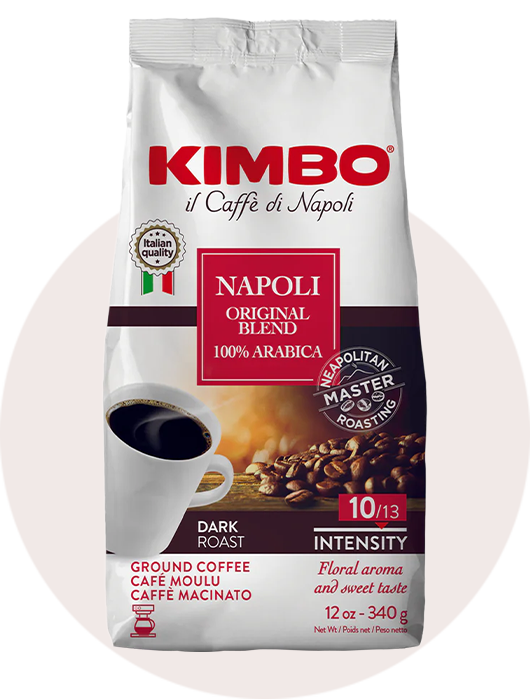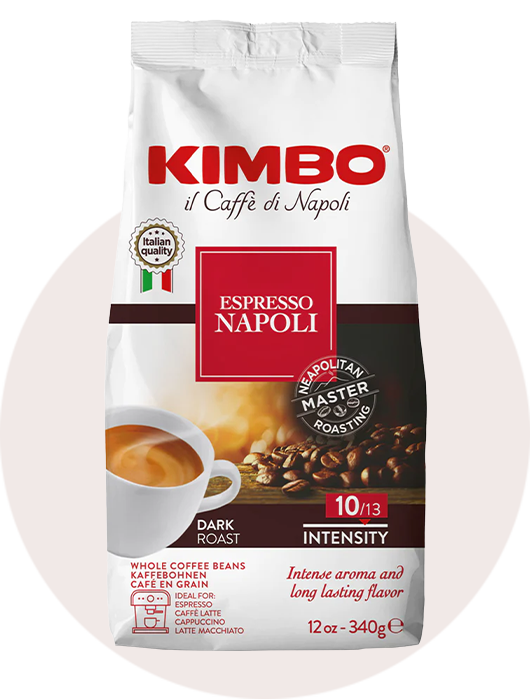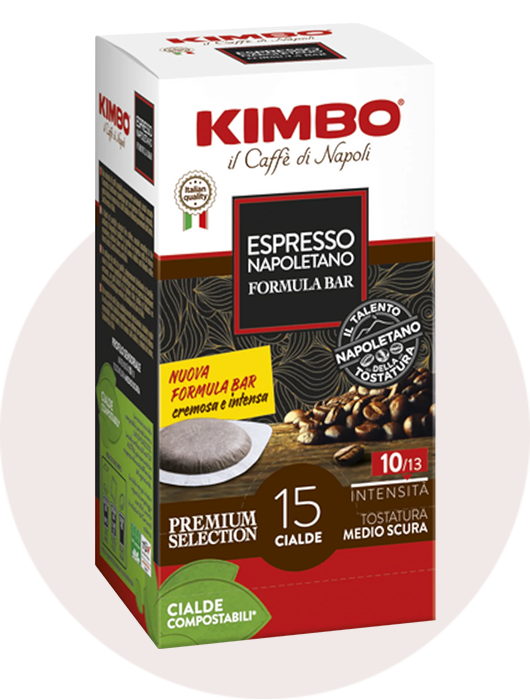Coffee lovers who enjoy the rich flavor and comforting ritual of a freshly brewed cup, but without the caffeine, opt for decaf. Decaffeinated coffee has come a long way since its accidental discovery in the early 1900s. Today's sophisticated decaffeination methods strip away caffeine while keeping the coffee's complex taste and aroma largely intact. Let's explore this intricate process that brings us our beloved decaf.
Decaffeination: The Basics
Did you know that decaffeination happens before roasting? It all starts with green coffee beans. First, the beans are moistened to dissolve the caffeine. Next, the caffeine is extracted using water, organic solvents, or carbon dioxide. The beans are then dried back to their original moisture level and roasted as usual. The goal? Remove as much caffeine as possible while preserving the coffee's distinct flavor profile.
Decaffeination Methods: A Closer Look
Solvent-Based Processes
These methods use either methylene chloride or ethyl acetate to remove caffeine. In the direct method, beans are steamed and repeatedly rinsed with the solvent to extract caffeine. The indirect method soaks beans in water, treats the water with the solvent to remove caffeine, and then returns the flavorful water to the beans.
Swiss Water Process
For chemical-free decaf, many turn to the Swiss Water Process. This method relies purely on water and carbon filtration. Caffeine-laden water from a batch of beans is passed through carbon filters to trap caffeine molecules. The flavorful, decaffeinated water is then used to soak the next batch of beans.
Carbon Dioxide (CO2) Process
In this high-tech method, beans are exposed to pressurized liquid CO2, which dissolves the caffeine. The CO2 is then passed through charcoal filters to remove the caffeine before being returned to a gaseous state. This precision process has minimal impact on flavor compounds.
Mountain Water Process
Similar to the Swiss Water process, Mountain Water decaf uses pure water from mountain springs to remove caffeine gently. It's another chemical-free option that highlights the beans' natural taste.
Decaf vs Regular: How Much Caffeine Remains?
While decaf isn't 100% caffeine-free, it comes pretty close. An 8-ounce cup of decaf coffee contains an average of 7 mg of caffeine, while a regular coffee serving provides 70-140 mg. That's 97% less caffeine in your decaf! So while you may still get a tiny caffeine boost, it's significantly less than a regular cup of joe.
Selecting a Quality Decaf
To get the most out of your decaf, look for 100% Arabica beans. Single-origin decafs or high-quality blends from reputable roasters tend to have better flavor. Opt for decaffeinated beans with non-solvent methods like Swiss Water or CO2 for a cleaner taste. And always buy fresh, whole bean decaf in small quantities to maintain optimal flavor and aroma.
Conclusion
Thanks to modern decaffeination methods, coffee lovers can enjoy a beautifully rich cup at any time of day. The various processes - from Swiss Water to CO2 - offer an array of high-quality, flavorful decafs. So go ahead and linger over a steaming mug of decaf, savoring each nuanced sip, without the caffeine jitters. With a little know-how, you can find a decaf that's every bit as rich and satisfying as its caffeinated counterpart.







